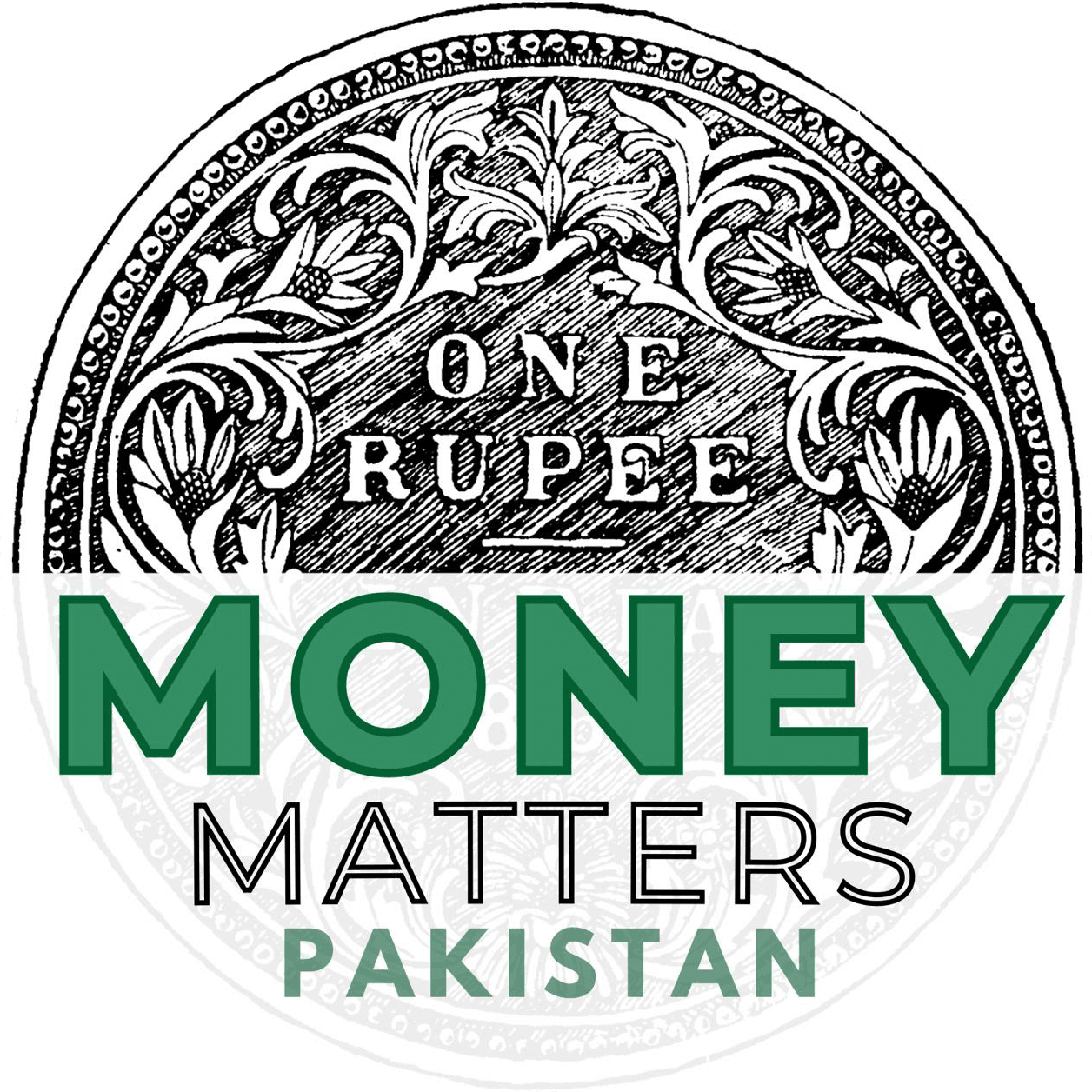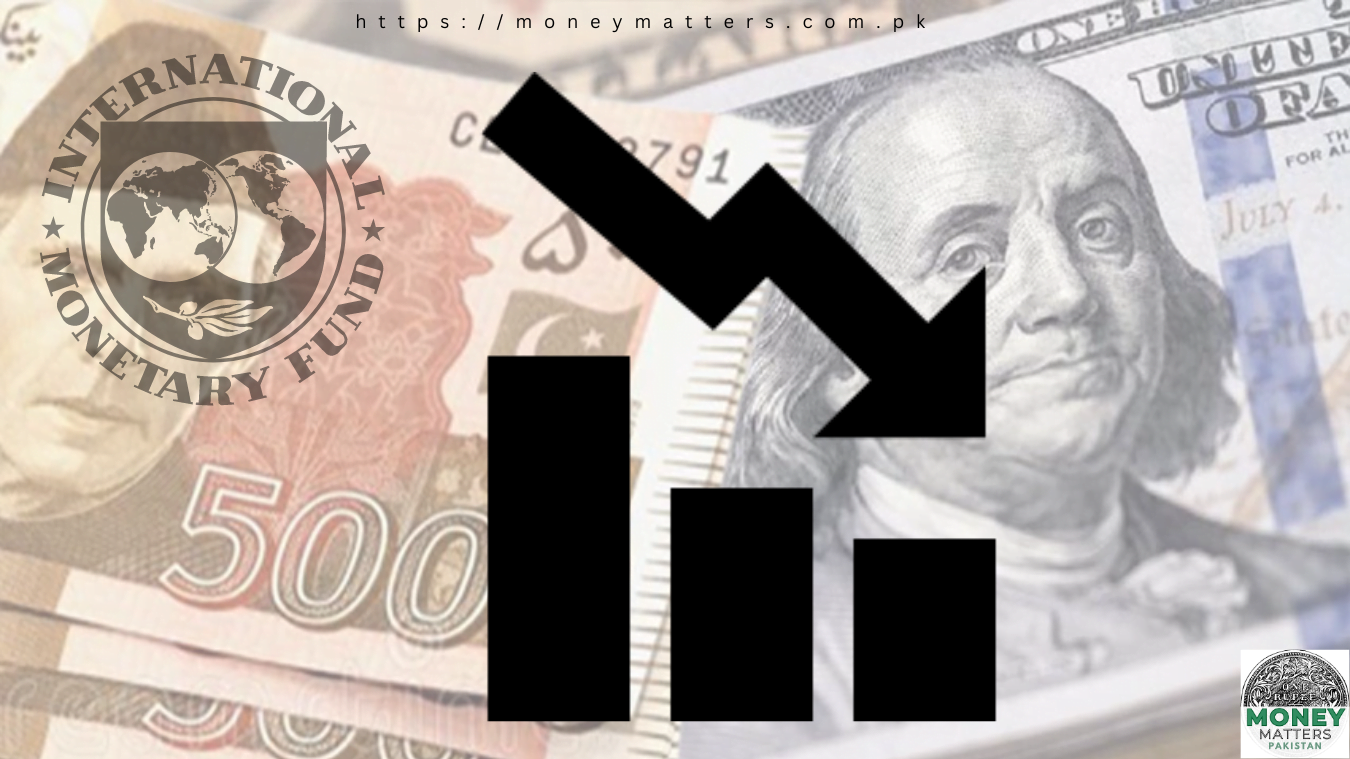Important Takeaways:
- Pakistani rupee expected to depreciate to Rs 295 against the dollar by December 2024.
- Government seeks IMF bailout exceeding $6 billion to stabilize economic indicators.
- Local currency projected to trade at Rs 325 by June 2025.
- Economic challenges persist with inflation and demand contraction.
Economic Forecast Amidst Currency Volatility
According to recent media reports, the Pakistani rupee is anticipated to undergo a significant depreciation, reaching approximately Rs 295 against the US dollar by the end of 2024. This projection arrives despite ongoing efforts by the government to secure a robust bailout package from the International Monetary Fund (IMF). These developments underscore a critical phase in Pakistan’s economic trajectory as it navigates through various fiscal challenges.
Government’s Fiscal Measures
In response to economic pressures, the Pakistani government unveiled a tax-heavy budget aimed at bolstering revenue generation and stabilizing the nation’s economic fundamentals. These measures include increased taxes on salaried individuals, adjustments in the tax regime for exporters, heightened petroleum levies, and new tax impositions on the real estate sector.
Minister of State for Finance Ali Pervaiz Malik has expressed optimism regarding the prospects of securing an IMF bailout exceeding $6 billion, highlighting ongoing negotiations and compliance with IMF requirements outlined in the budget. These efforts are expected to culminate in a finalized agreement within the coming weeks.
Currency Performance and Market Dynamics
Throughout the past week, the Pakistani rupee experienced fluctuations within a narrow trading range, largely attributed to balanced dynamics in dollar supply and demand. Closing at Rs278.37 on Friday, the currency’s resilience amidst market fluctuations underscores stability in the short term.
Future Economic Outlook
Looking ahead, economic analysts at Tresmark project the rupee to further depreciate to Rs 325 against the dollar by June 2025. Positive indicators such as a narrowing trade deficit and a resilient stock market provide cautious optimism for gradual economic recovery.
However, concerns persist regarding potential ramifications from recent fiscal policies, including increased taxes and rising fuel prices. These factors may exacerbate inflationary pressures and strain consumer purchasing power and overall demand.
Conclusion
As Pakistan continues to navigate its economic landscape amidst currency volatility and fiscal adjustments, the forthcoming IMF bailout remains pivotal. The government’s proactive fiscal measures and ongoing negotiations aim to mitigate economic uncertainties and pave the way for sustainable growth.




